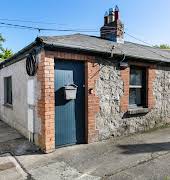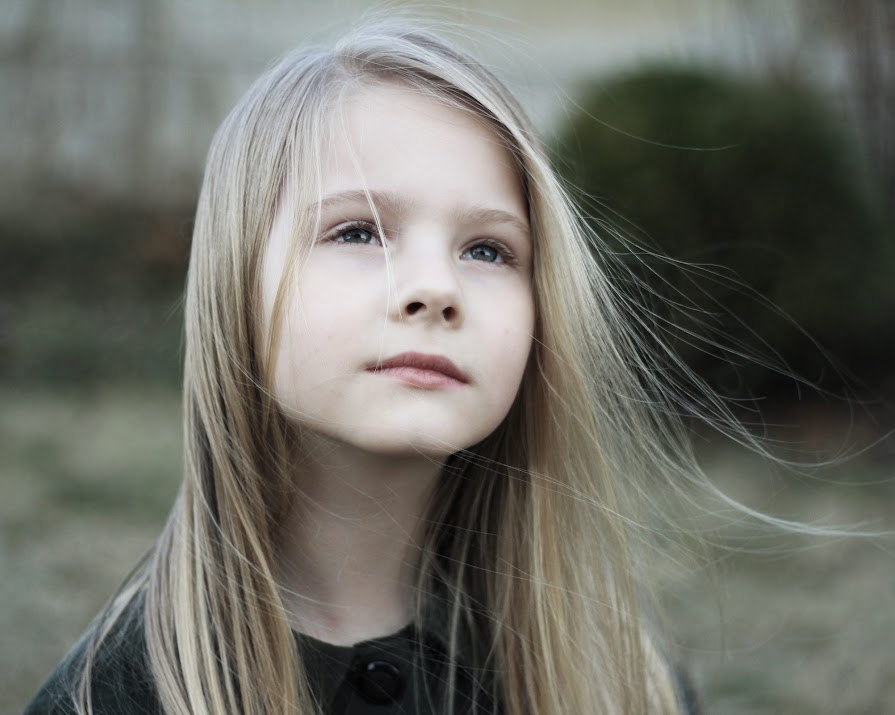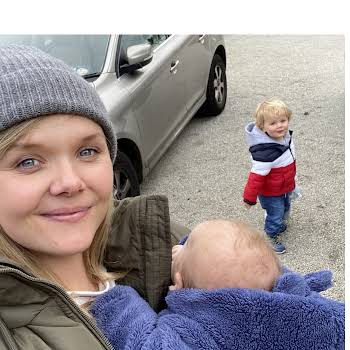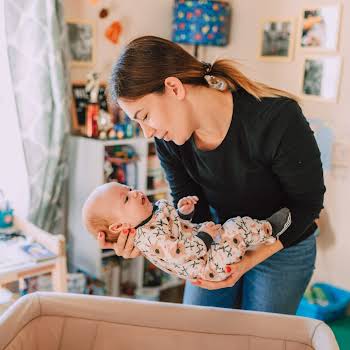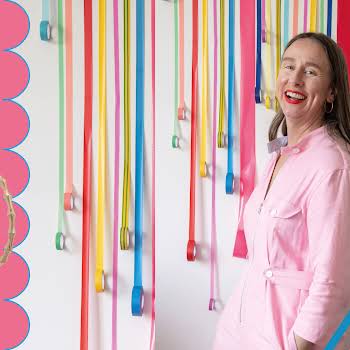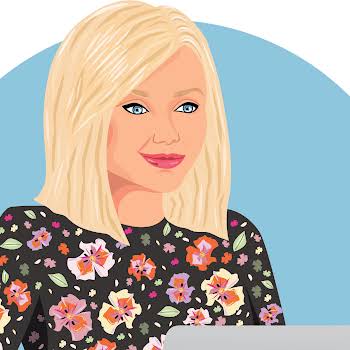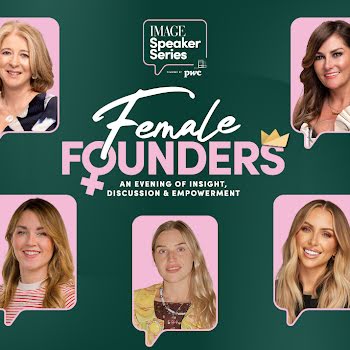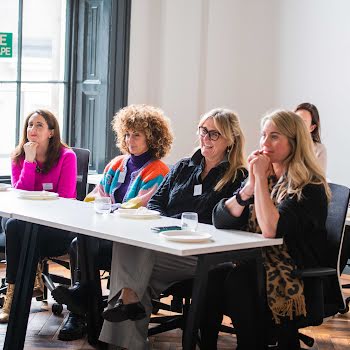By Jessie Collins
31st Jan 2018
31st Jan 2018
With the conviction last week of a 26-year-old Dublin man for grooming young girls through online platforms, we are suddenly painfully aware of the need to empower ourselves as parents against porn, and there’s a stay safe book for that.
The average age for owning a smartphone in Ireland is 10 years old. By the time kids reach this milestone however, most will have had plenty of access online already, with computers not just ubiquitous at home but also encouraged as learning tools in schools from primary up. For the most part, parents, teachers and guardians will try to monitor their child’s tech time, but every parent knows that a click of a button on YouTube can send you down a wormhole of misleading content straight into the clutches of something much darker.
But perhaps, as a parent, the hardest thing to come to grips with is that no matter how careful you are, according to experts such as Elizabeth Schroeder, the executive director of Answer, the US sex-education organisation, “your child is going to look at porn at some point, it’s inevitable.” The bare truth of that is extremely chilling, but also probably the slap on the face we all need.
You could even go so far as to say that collectively we have been in some sort of denial about the realities of our modern technology-driven life, and our children’s experience of it. But we desperately need to move beyond this phase, and fast, and on to anger, which in itself will surely be more empowering, rather than the feelings of helplessness and conflict that swamp a lot us a lot of the time.
And we have every right to be angry. Angry at the tech companies (it has been reported that one of the parents of the victims of the Dublin predator Matthew Horan contacted Instagram about the online abuse and got no response), who need to stop behaving like drug pushers in an amoral universe with getting rich the only show in town. We are also their suppliers, their content providers, and their consumers. We should have power in that dynamic.
We should be angry at governments for sucking up to them for their money, and allowing a free for all. And beyond that there is an acceptance, we need to accept that an online existence for our kids is a reality, an inevitability. And so, if it’s here to stay, we need to get proactive. And the hard truth is this needs to start much earlier than we think. “Kids are accessing stuff younger than anyone realises – and they are not prepared,” agrees psychotherapist Trish Murphy.
Our denial is one of the key obstacles to progress. “Parents are too late at starting to talk about it, you need to be starting around the age of nine” (Horan’s victims were as young as nine). “Talk to each other,” explains Murphy, “parents need to be bringing it up when they can so the kids know that they can handle it, but they don’t tell them. The truth is most parents haven’t a clue. They react with fear and then the children try and protect them.”
Luckily there is a book that can help, and probably one of the most essential reads outside of the Harry Potter collection in our current times. Good Pictures, Bad Pictures, is precisely aimed at that age of hyper vulnerability before puberty, and offers up the opportunity to explain to kids about pornography, what to do when you see it, and how to deal with it.
Though Murphy, and many others, advise discussing it at least from the age of nine, what’s interesting too is that after the publication of Good Pictures, Bad Pictures, it became clear that actually an even younger version was needed. Good Pictures, Bad Pictures Jnr is aimed at ages three to six, and yes, though you never thought you’d have to be talking to your preschooler about pornography, this is the most age-appropriate way you can do it, and promotes the message of “Turn, Run & Tell” .
While from a young age you aim to empower them with understanding so they can react in a positive way, you must also intervene before the objectification the internet specialises in gets a foothold. The aim is to porn-proof your children, to whatever extent you can, but also to prevent your child from turning into an objectifier also. Do we truly expect someone else to do that for us?
By all accounts last week’s perpetrator was a relatively ordinary guy who disappeared into a dark place soon after leaving school. It’s all our responsibility to neither breed, nor suffer, that. The reality is there are good pictures, and there are bad pictures, the sooner we start delivering that message, the better.
Good Pictures Bad Pictures: Porn-Proofing Today’s Young Kids by Kristen A. Jenson M.A. and Gail A. Poyner Ph.D. Illustrated by Debbie Fox is available from Amazon.co.uk


